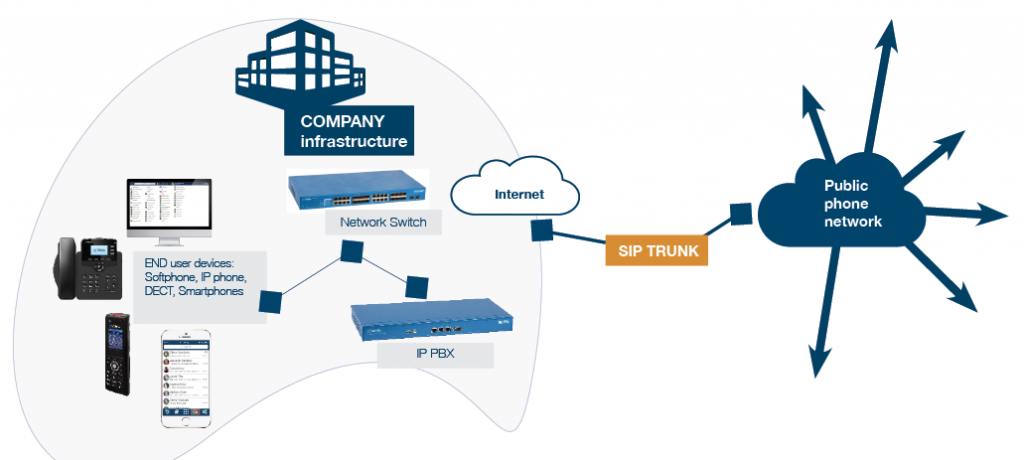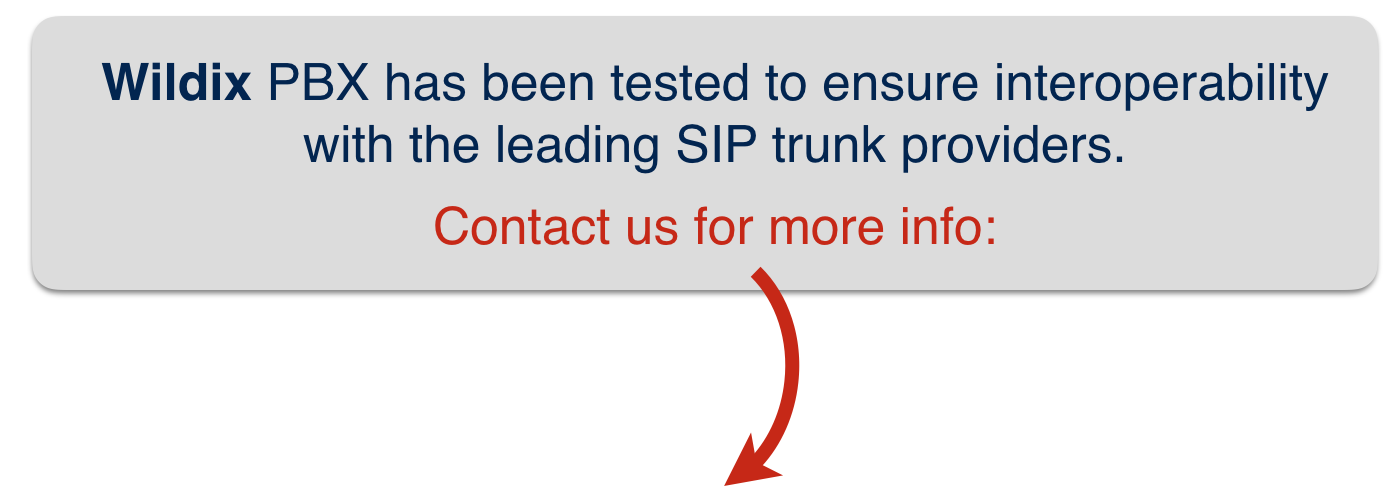 Years ago when VoIP first appeared on the scene, in the time of dial-up Internet, it was associated with poor audio quality and dropped calls. Today it is no longer a problem, thanks to the increased availability of broadband Ethernet services. Large and small companies, public administration organizations worldwide opt for VoIP, while some other enterprises are still hesitant to make the move.
Years ago when VoIP first appeared on the scene, in the time of dial-up Internet, it was associated with poor audio quality and dropped calls. Today it is no longer a problem, thanks to the increased availability of broadband Ethernet services. Large and small companies, public administration organizations worldwide opt for VoIP, while some other enterprises are still hesitant to make the move.
It might be just the right time to learn more about VoIP technology and SIP trunking: the largest telecom providers all around the world stop offering ISDN and PSTN in 2018 and have announced complete phasing-out over the next ten years.
Before going into details about the benefits of VoIP technology and SIP trunking, let’s take a glance at traditional technology.
What is PSTN? The difference between PSTN and ISDN.
PSTN (Public Switched Telephone Network) also referred to as POTS (Plain Old Telephone System) is a traditional telephone system that uses copper lines to carry analog voice data, allowing phones all over the world to communicate with each other. A dedicated circuit is established between the two points for the duration of a transmission. In the early days, operators manually connected one party of a phone call to another. Today switching is automated and PSTN is almost entirely digital.
ISDN (Integrated Services Digital Network) is a digital version of a telephone line, it allows transmission of voice and data over copper lines offering more features, higher quality and faster call setup capabilities in comparison to the classic telephone system.
VoIP technology and SIP trunking.
VoIP (Voice Over Internet Protocol) is the IP-based version of telephone line which uses packet-switched telephony, where voice, data or video travels to the destination in network packets over the Internet. Once arrived, the packets are assembled in the correct order.
SIP (Session Initiation Protocol) is a signaling protocol used for multimedia communications, which determines the rules of how two points set up, manage and terminate a connection.
SIP trunking – is a direct connection between an organization and an ITSP (Internet telephony service provider). SIP trunks are responsible for routing the packets back and forth over the network, using IP-based data network to deliver voice, video and data.
The term “trunk” came from circuit-switched telecommunications where it referred to as a dedicated physical line. In SIP trunking though, connection between telephone systems is established over a virtual line.

SIP trunking benefits.
End of ISDN brings a number of benefits, here we list just some of them.
- Lower call rates and line rental. DID and Line rental costs less. Competition between SIP trunk providers results in low call charges.
- Keep the same phone number. With SIP trunks you are not bound to location, you can call from any place and you can be reached even abroad, using your preferred device. You can change office location and keep the same phone number.
- Scalability and flexibility. Easily choose the number of lines and channels, depending on your needs, without having to install new lines and physical interfaces.
- Remote access to lines. You can call using ISDN or analog lines in a different office or even in a different country.
- Simple network architecture. Reduced network complexity thanks to convergence of voice, data and video networks. Elimination of media gateways: SIP trunking doesn’t require additional hardware.
- Rich UC&C features. Leverage the latest Unified Communication & Collaboration features and WebRTC to increase mobility, boost workplace efficiency, improve employee engagement and enhance customer service.
TOP considerations before migrating to VoIP
- Upgrade your Internet connectivity and consider dedicating a separate Internet line for VoIP communication. Make sure your firewall is capable of handling VoIP traffic correctly.
- Consider upgrading the company communication system. PABX users can also make use of SIP trunking, thanks to devices such as FXO media gateway that allow interconnection of legacy phone system with IP PBX. However upgrading to a modern IP PBX brings countless benefits and savings, and the investment pays off shortly.
- Choose the right SIP trunk provider. Consider such factors as security (SRTP and TLS), protection against fraud, audio quality, prioritizing voice over data (QoS), pricing model and technical support service.
Learn about Wildix supported SIP trunks: LINK
interesting